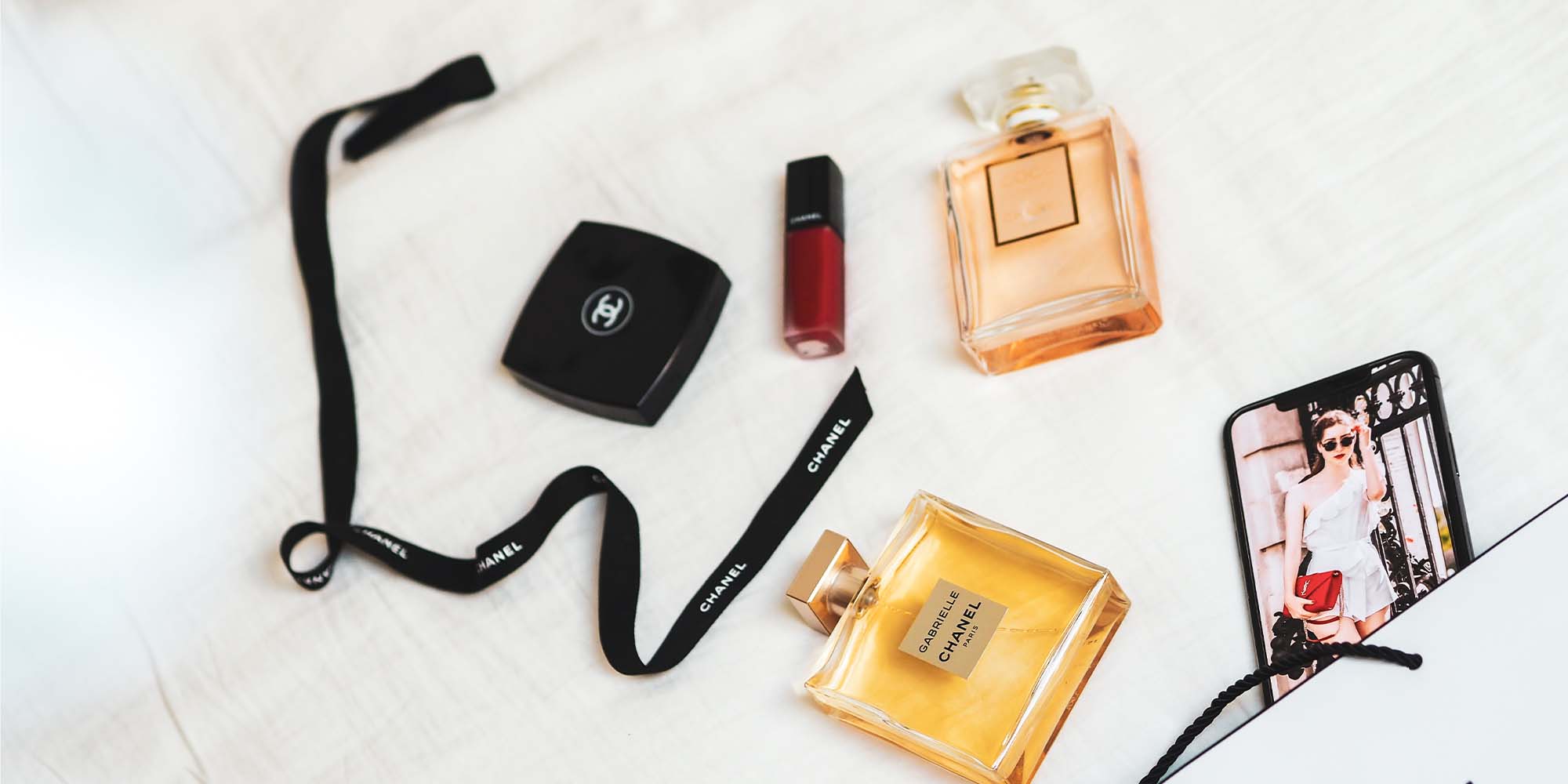How luxury brands remain cutting-edge
This post will take a closer look at four of the top strategies various top luxury brands employ to remain the industry leaders that they are.

Luxury brands like Prada, Chanel, and Burberry, to name a few, don’t become the powerhouses they are magically or overnight. It takes vision, consistent innovation, and a willingness to quickly adapt to consumer preferences.
Additionally, these world-famous brands don’t stay on top without the help of savvy business
strategy, dedication to values, and brilliant marketing.
This post will take a closer look at four of the top strategies various top luxury brands employ to
remain the industry leaders that they are.
1. Selecting the right retail outlets
When it comes to maintaining a luxury status, sometimes less is more, especially in terms of how brands invest in their various channels. The best news is with the right tools, it has become easier for brands to understand their customers and find retailers that will maximize ROI.
To maintain brand control, keep pricing uniform, and present a unified image, successful brands
like Prada and Lacoste have been data-driven and selective about how they expand their footprint in stores.
Lacoste’s luxury image experienced a lull a few years ago due to what they presumed was overexposure. In response, the brand closed 20 stores across the nation, scaled back at some stores, and became more strategic overall of where Lacoste is sold. This strategic move helped the brand maintain its premium quality and jump-started a winning model.
Prada is another example of a luxury brand with a similar plan. Prada has been working to understand its
customer base and is making strides to partner with the correct retailers and scaling
back their presence in ones that don’t necessarily align with their vision or
values.
By learning more about their customers, taking a data-driven approach to wholesale, and by revamping
pricing, these brands are showing their luxury value and ability to innovate in the face of an evolving consumer landscape.
2. Integrating brick and mortar with the online shopping experience
The advent of eCommerce has presented a unique challenge to every retailer, but especially luxury
retailers.
It goes without saying that omnichannel retail is a massive part of how people like to shop, and
sometimes even prefer to shop. But, just because consumers enjoy the convenience of online shopping doesn’t mean they don’t value the experience of visiting a brick and mortar luxury store.
The challenge for luxury retailers is finding a way to integrate brick and mortar stores with an online
shopping experience that helps with customer retention and elite branding.
Mark Langer openly mentions this has been a challenge at Hugo Boss. However, the brand is doing
everything to rise to the occasion of remaining a luxury retail brand that also drives a high-end digital experience.
Langer’s plans include in-house sourcing the fulfillment of online in Europe, offering a high-tech
mobile app, and improving digital communications.
The Homer x Prada collaboration similarly turned to in-person sales at their New York brick-and-mortarlocation, driving the exclusivity of the collection and adding to the overall mystique.
3. Adopt values such as transparency and sustainability
Have you heard of the HENRYs yet? HENRYs stands for High-Earners-Not–Rich-Yet, and it represents a large part of the population that is interested in spending at luxury brands.
The most significant part of capturing the attention the HENRY customer segment is by understanding
what they care about most. Recent research suggests this demographic cares about brands that share similar values, including authenticity, commitment to do the right thing, transparency, and sustainability.
Burberry is an example of a luxury brand that is engaging in practices that align with HENRY values.
In September 2018, Burberry announced that it is ending the practice of destroying finished luxury products and will expand the practice of recycling, repairing, and donating unsaleable products.
Additionally, The Kering Group (owners of Gucci, Stella McCartney, and Saint Laurent) recently implemented a "Code of Ethics," and HENRYs can’t get enough.
4. Build a robust social media presence
The last piece of the luxury brand dominance puzzle is communicating with customers via channels they
love and understand, namely social media.
Chanel does a great job of this by posting smart videos on social media that include behind-the-scenes
content, such as its ‘Inside Chanel’ series.
Louis Vuitton also engages its social media followers strategically. How? By giving them exclusive
sneak peeks into its new product launches. It also hosts giveaway events on different platforms, and customers love to engage with these giveaways.
When luxury brands show their face on social media, it helps keep them in the spotlight.
For more information about building a luxury brand, and adopting the right tools to help you stay on top, visit NuORDER today.
Related articles
Get on the list
Wholesale tips and industry news you can’t miss, delivered weekly
